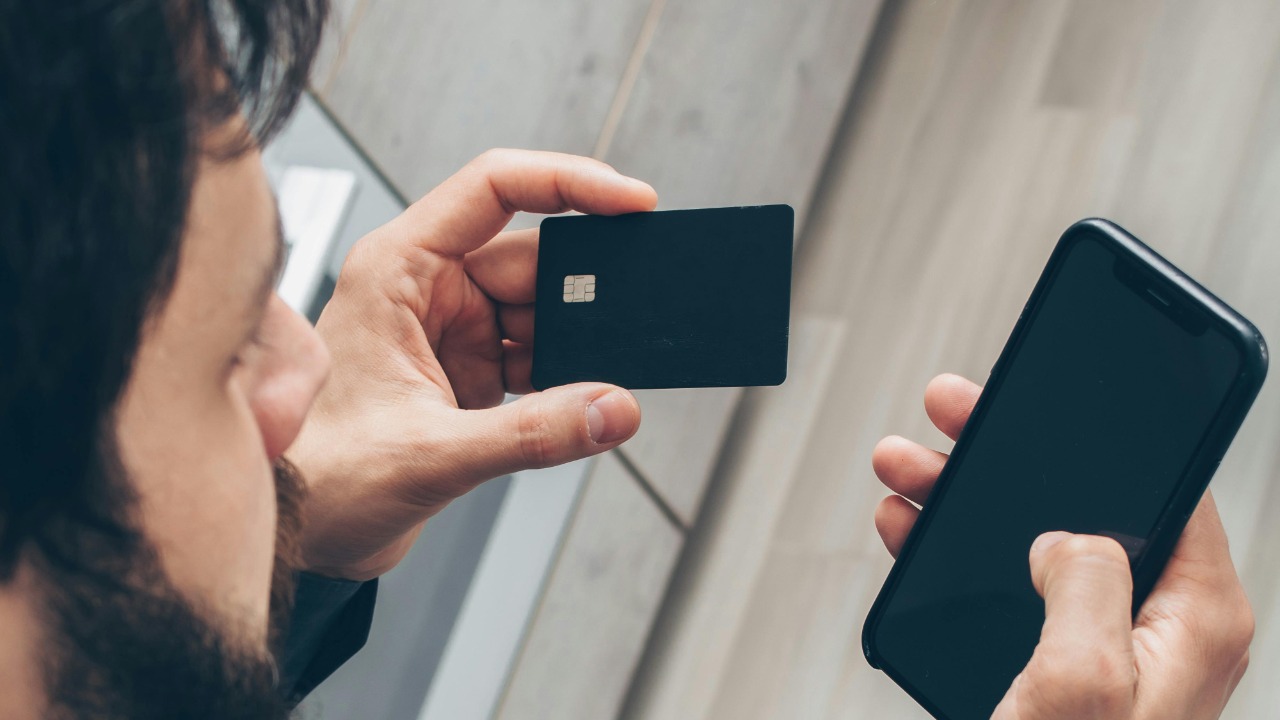
As more consumers turn to mobile banking for its convenience, the FBI has issued a warning about an increase in cyber-attacks targeting these platforms. With the pandemic accelerating the shift to digital banking, hackers are exploiting vulnerabilities within mobile banking apps to access sensitive financial information. Understanding the nature of these threats, how they are executed, and what consumers can do to protect themselves is crucial in this digital age.
The Rise of Mobile Banking and Associated Risks

The surge in the use of mobile banking apps has been nothing short of revolutionary. With the ability to check account balances, transfer funds, and even deposit checks through a smartphone, users have embraced the convenience and efficiency offered by these apps. According to recent statistics, over 70% of smartphone users now engage in some form of mobile banking, a significant increase driven by both technological advances and lifestyle changes. However, this rise in popularity has not gone unnoticed by cybercriminals, who see mobile banking as a lucrative target.
Mobile banking apps, while convenient, are not without their security flaws. Many apps suffer from inadequate encryption, insecure data storage, and insufficient session management, making them attractive targets for hackers. A recent report highlighted how some apps fail to implement proper SSL/TLS encryption, leaving user data exposed to interception. Additionally, the pandemic has further highlighted these vulnerabilities. As people were forced to adopt digital solutions during lockdowns, hackers intensified their efforts, exploiting both the rapid increase in users and the often rushed deployment of digital services.
Common Tactics Used by Hackers

One of the most common tactics employed by hackers is phishing and social engineering attacks. These methods involve tricking users into revealing sensitive information, such as passwords or personal identification numbers, by posing as legitimate entities. For example, a user might receive an email or text message that appears to be from their bank, urging them to verify their account information. Unsuspecting users who comply with these requests often find themselves victims of fraud.
Another prevalent method is the deployment of malware and fake app installations. Cybercriminals create counterfeit apps that mimic legitimate banking apps, tricking users into downloading them. Once installed, these apps can access personal information and credentials without the user’s knowledge. The rise of fake banking apps has become a significant concern, with the FBI recently highlighting the dangers of downloading apps from unofficial sources. Additionally, man-in-the-middle attacks allow hackers to intercept communication between users and banking apps, capturing sensitive data as it is transmitted.
FBI’s Recommendations for Consumers

To combat these threats, the FBI has issued several recommendations for consumers looking to secure their mobile devices. First and foremost, users should keep their software updated to protect against known vulnerabilities. Regular updates often include security patches that can prevent exploitations. Additionally, using strong, unique passwords for banking apps is essential in safeguarding accounts.
Recognizing and avoiding phishing attempts is another crucial step. Consumers should be wary of unsolicited emails or messages requesting personal information, especially if they contain links or attachments. It’s advised to verify the sender’s identity by contacting the organization directly. Another critical measure is enabling multi-factor authentication (MFA). MFA requires users to provide two or more verification factors to gain access, adding an extra layer of security to accounts.
The Role of Banks in Enhancing Security

Banks play a pivotal role in enhancing the security of mobile banking apps. Implementing robust security measures, such as advanced encryption technologies, can significantly reduce vulnerabilities. Banks are increasingly investing in AI-driven security solutions to detect and mitigate suspicious activities in real-time, providing an added layer of protection for their customers.
Educating customers about potential threats and safe banking practices is equally vital. Many banks now offer cybersecurity awareness resources, helping customers recognize and avoid scams. Additionally, banks can benefit from collaborating with cybersecurity experts to stay ahead of evolving threats. By working closely with professionals in the field, banks can adapt to the changing landscape and implement effective security strategies.
Future Trends and Considerations

Emerging technologies hold promise for enhancing mobile banking security. Biometric authentication, such as fingerprint and facial recognition, is becoming more prevalent, offering a secure and convenient alternative to traditional passwords. Additionally, the adoption of blockchain technology could revolutionize the way transactions are conducted, providing a transparent and tamper-proof system.
Regulatory developments are also playing a significant role in shaping the security landscape. As governments introduce stricter regulations to protect consumer data, banks are under increasing pressure to comply, leading to more robust security protocols. However, as security measures evolve, so do the tactics employed by hackers. Cybercriminals are continually adapting, finding new ways to exploit vulnerabilities. Staying informed and vigilant is crucial for both consumers and banks as they navigate the ever-changing landscape of mobile banking security.